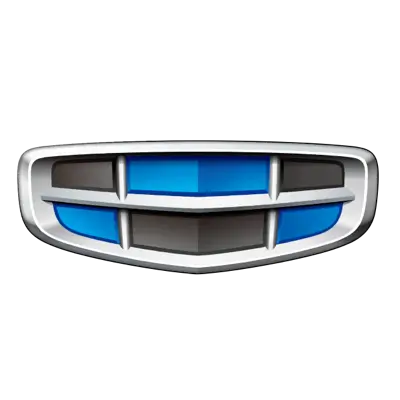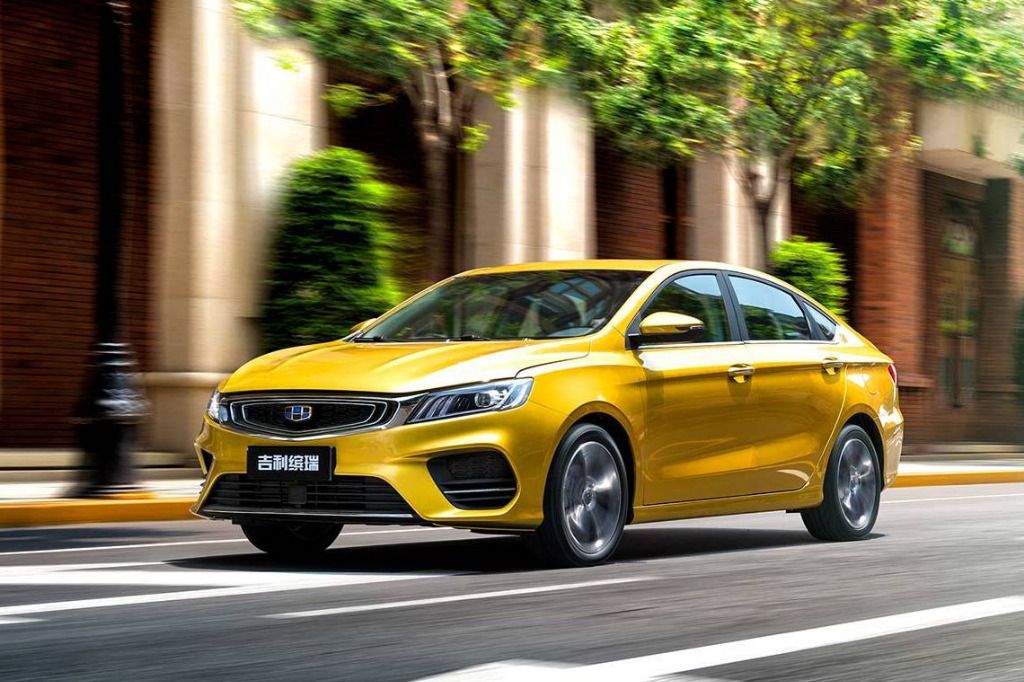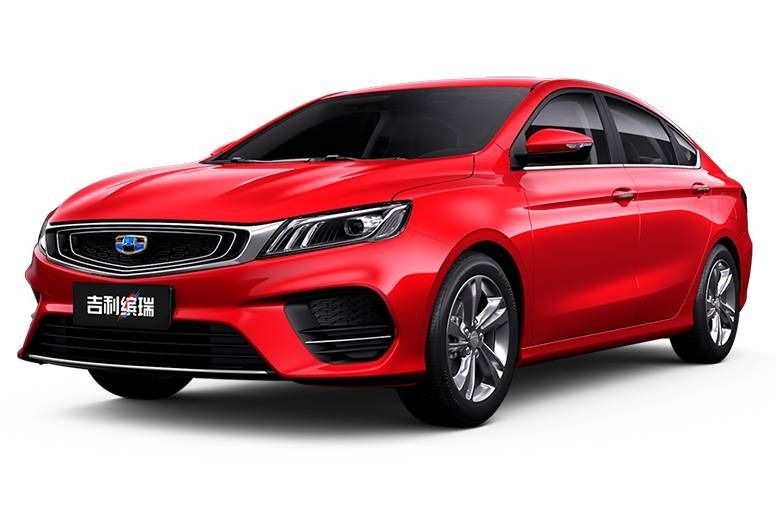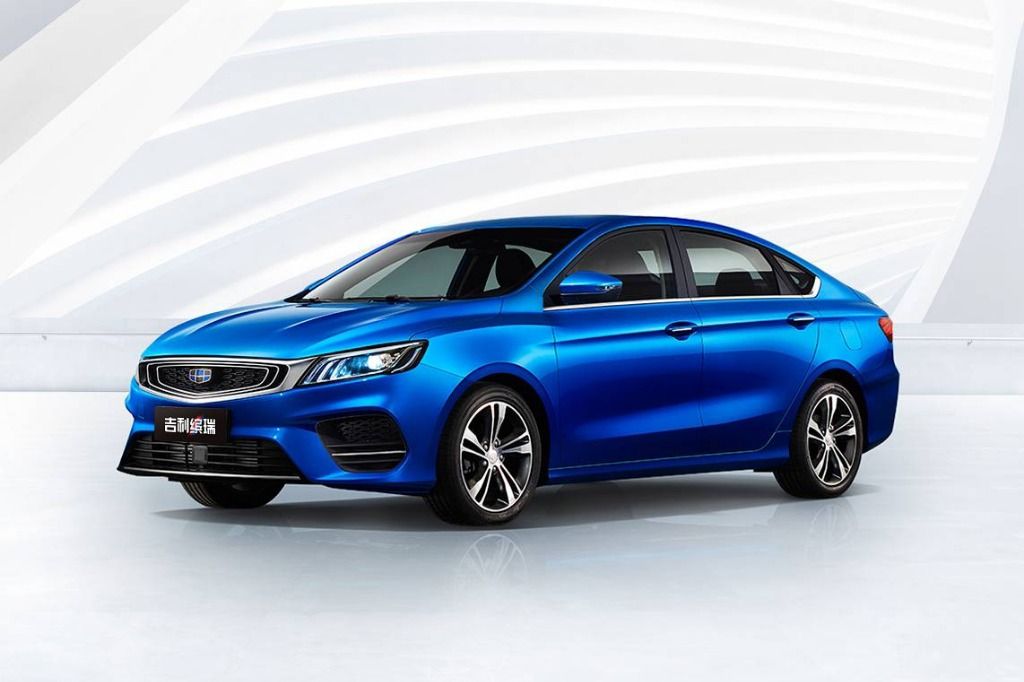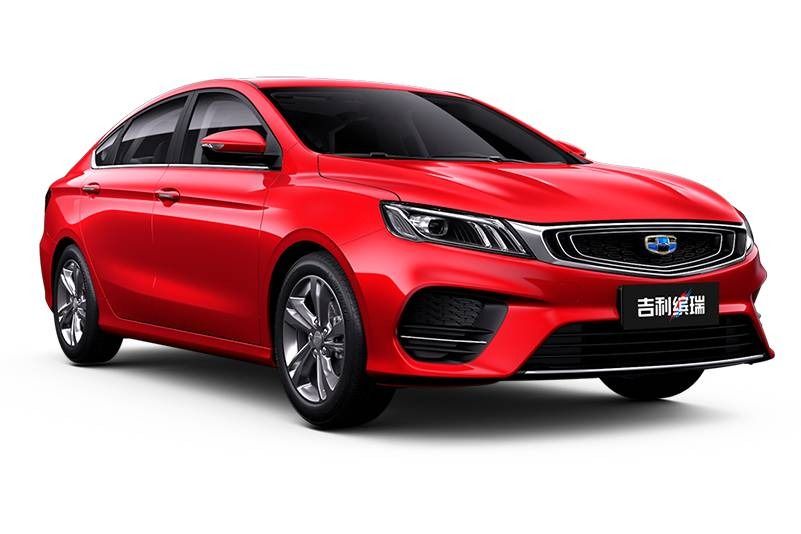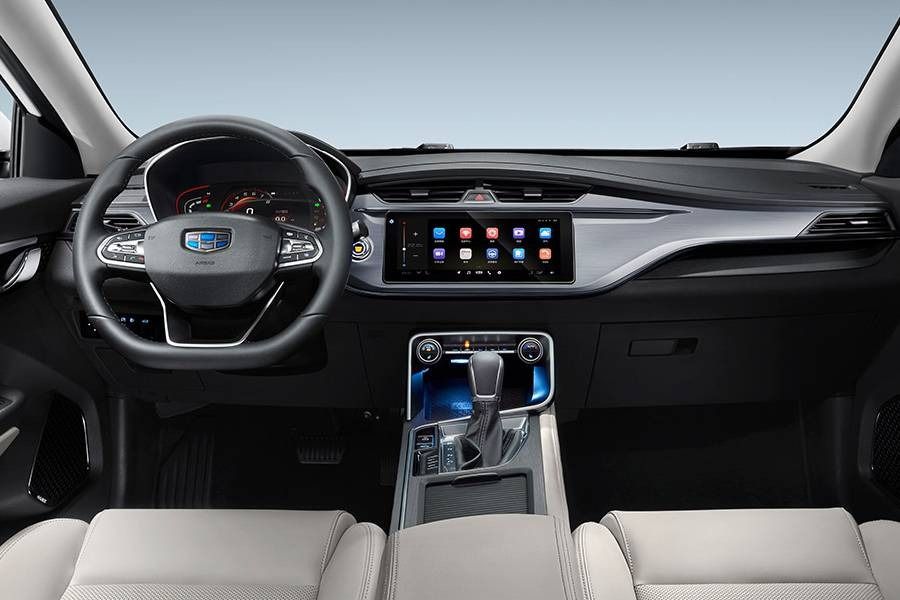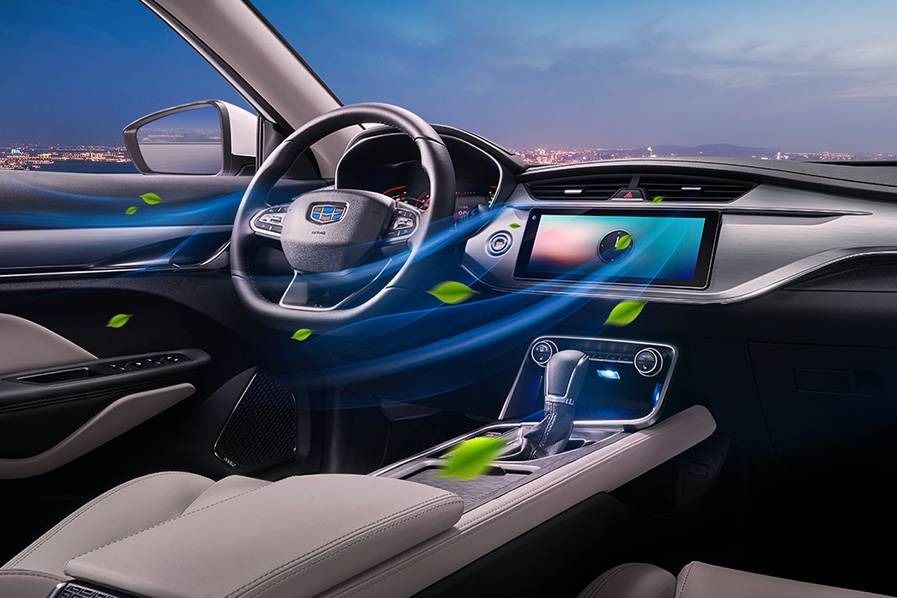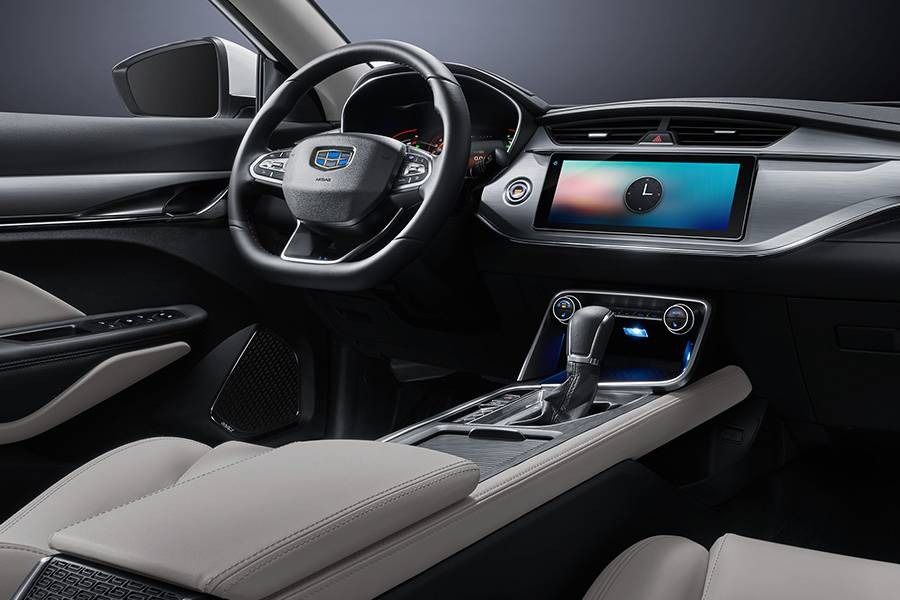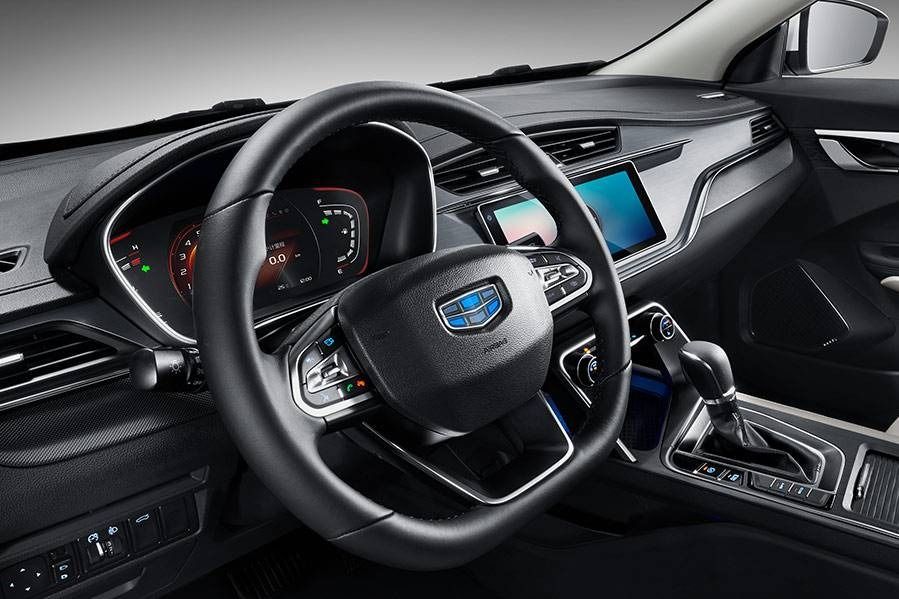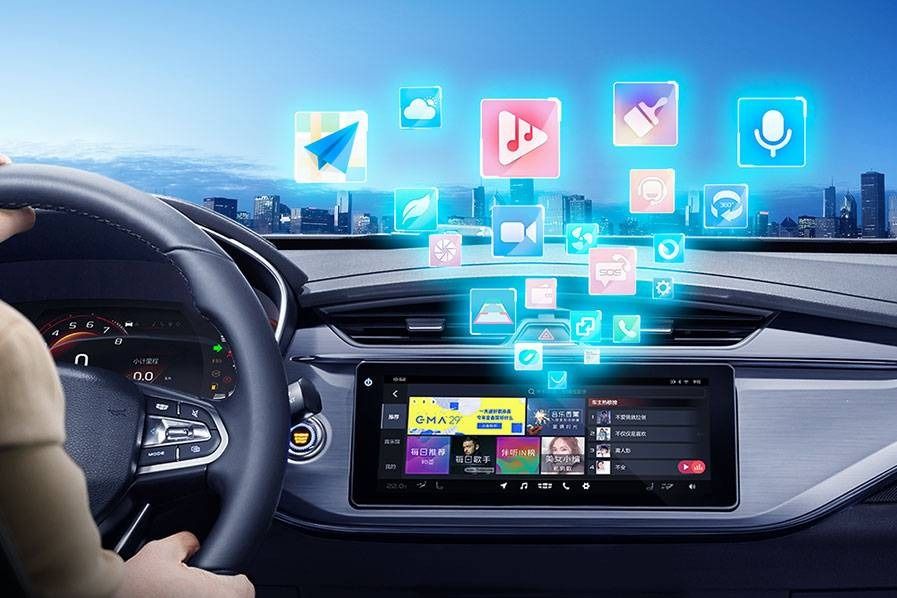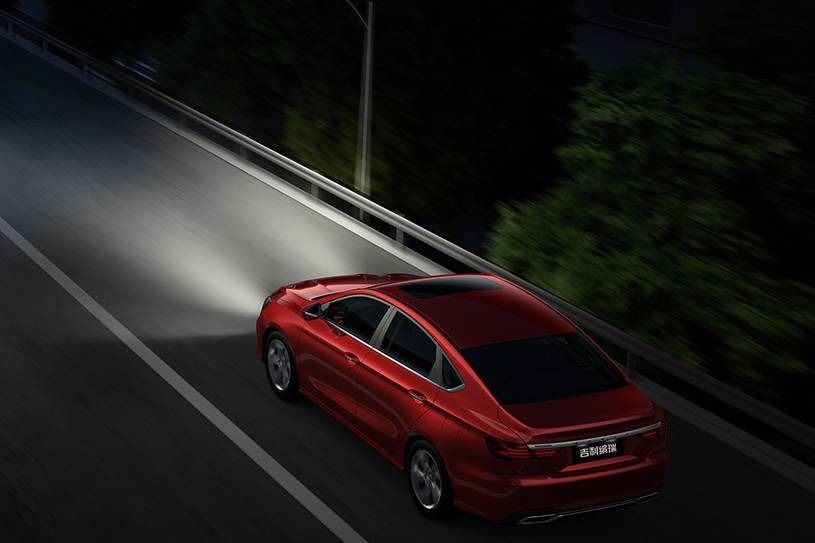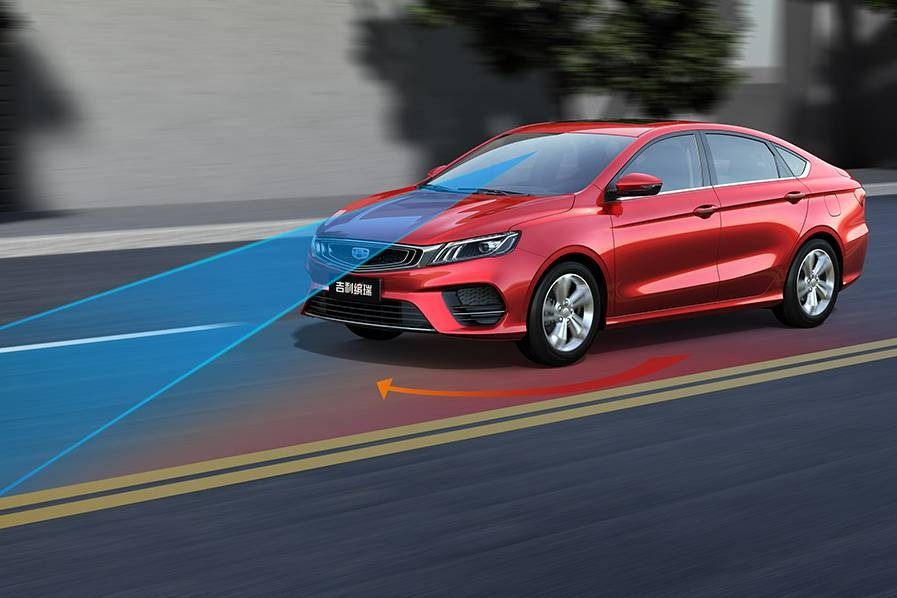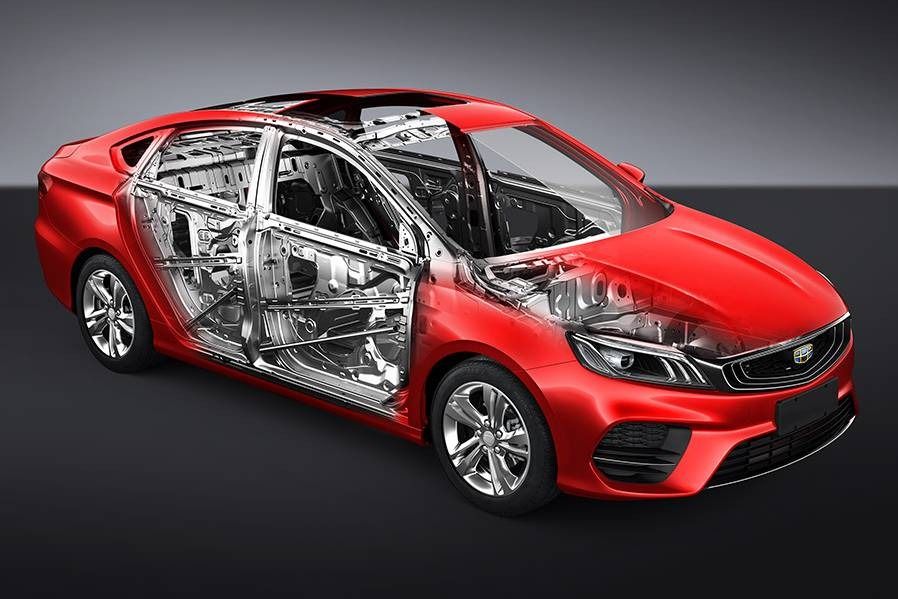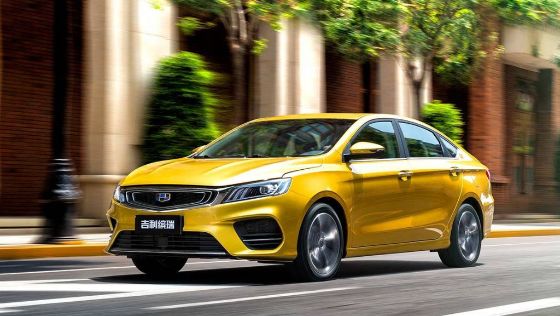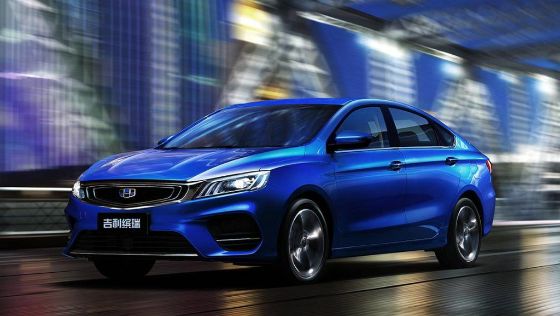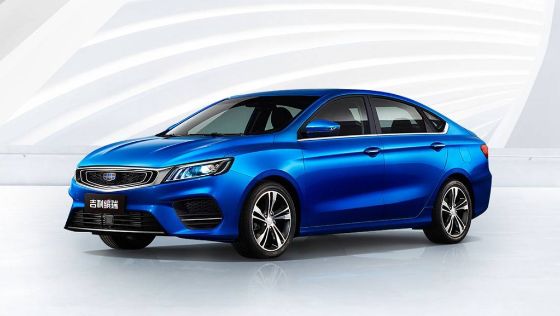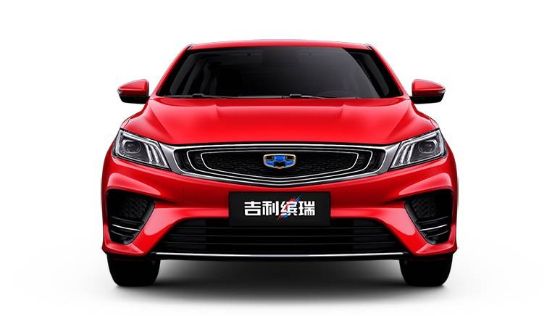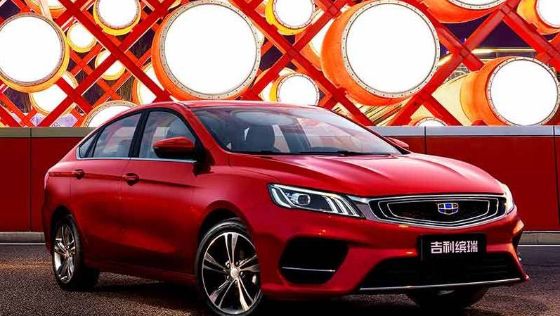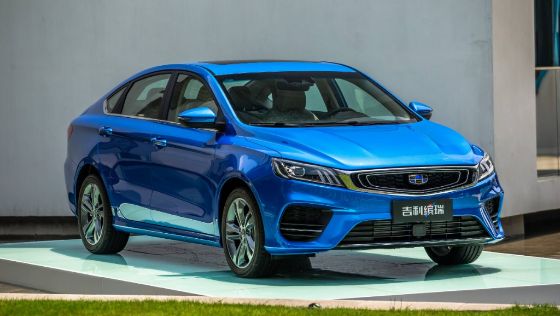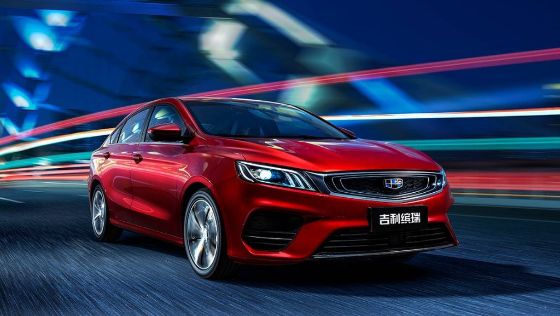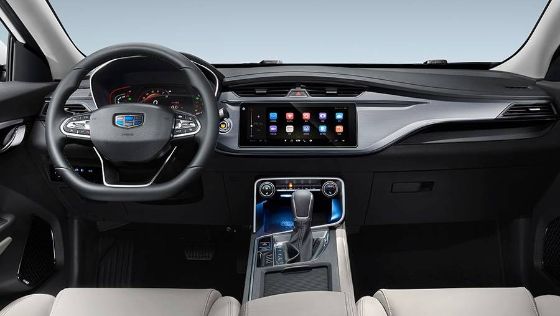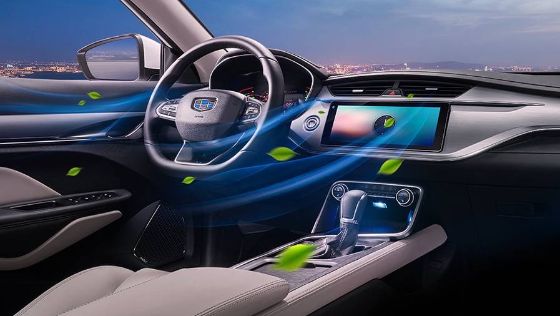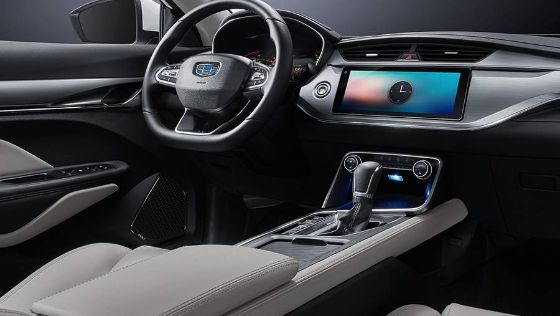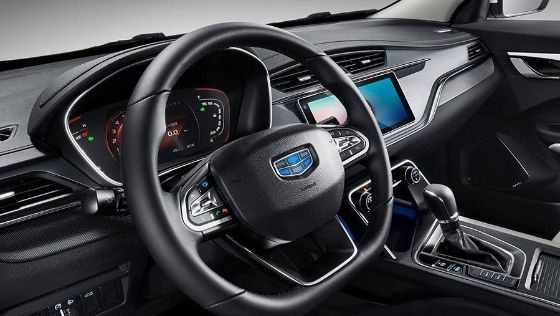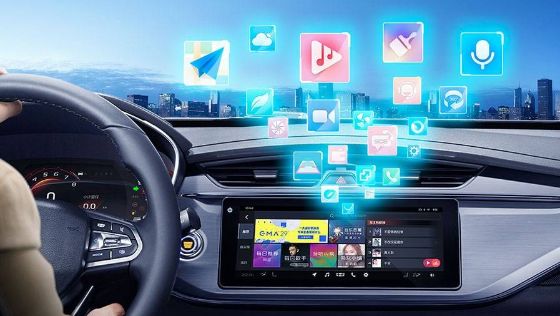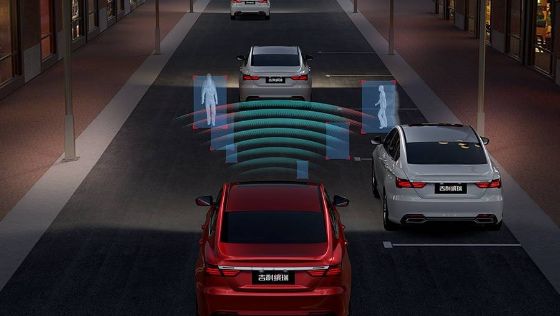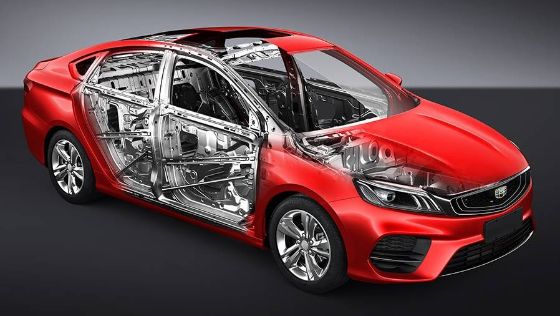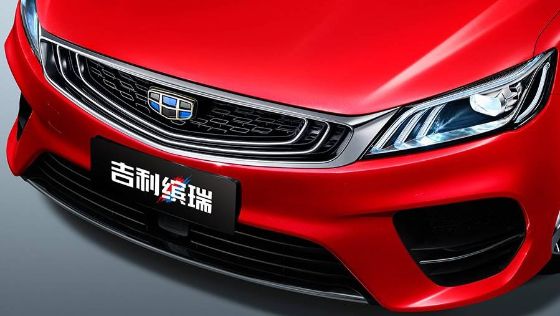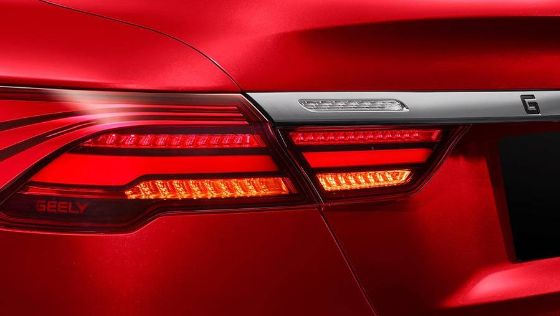Geely Bin Rui Exterior Images
View More
Geely Bin Rui Interior Images
Geely Bin Rui Engine & Other Images
Geely Bin Rui Highlight Designs
Geely Car Images
Geely Bin Rui Videos
2023 Geely Binrui Cool 1.5T Competition, Could this be the Proton S50/S70 R3 Edition?
Geely Bin Rui FAQ
What is the Retail Price of Geely Bin Rui?
Here are the Retail Price and variants of Geely Bin Rui:
Variants 2018 Geely Bin Rui G-Power 200T+6DCT 2018 Geely Bin Rui G-Power 200T+6MT 2018 Geely Bin Rui G-Power 14T+8CVT 2018 Geely Bin Rui G-Power 14T+6MT Retail Price TBC TBC TBC TBC Tell me the Safety of Geely Bin Rui.
The Safety of the Geely Bin Rui are as follow:
Variants 2018 Geely Bin Rui G-Power 200T+6DCT 2018 Geely Bin Rui G-Power 200T+6MT 2018 Geely Bin Rui G-Power 14T+8CVT 2018 Geely Bin Rui G-Power 14T+6MT Euro NCAP Rating ASEAN NCAP Rating Airbags 6 6 6 6 Driver/Front Passenger Seat Airbags Y/Y Y/Y Y/Y Y/Y Front/Rear Side Airbags Y/N Y/N Y/N Y/N Front/Rear Curtain Airbags Y/Y Y/Y Y/Y Y/Y Knee Airbags Rear Airbags Y Y Y Y Airbag Disable Function Seatbelt Reminder Autonomous Emergency Braking Lane-keeping Alert Blind Spot Info System Collision Warning ABS/EBD Electronic Stability Control(ESC) Child Safety Lock ISOFIX Security Alarm Immobilizer What is the wheelbase(mm) of Geely Bin Rui?
Here are the wheelbase(mm) and variants of Geely Bin Rui:
Variants 2018 Geely Bin Rui G-Power 200T+6DCT 2018 Geely Bin Rui G-Power 200T+6MT 2018 Geely Bin Rui G-Power 14T+8CVT 2018 Geely Bin Rui G-Power 14T+6MT wheelbase(mm) 2670 2670 2670 2670
Geely Bin Rui Latest Images
A collection of brand-new Geely Bin Rui images for 2024, including 23 Geely Bin Rui exterior images, 7 Geely Bin Rui interior images, and 5 Geely Bin Rui engine images. For more images, please check the Geely Bin Rui gallery below.
Related Models
Geely Bin Rui
TBC
13 Other Geely Models
Used Cars For Sale

2022 Proton Saga Premium 1.3
RM 39,600
RM 434
/mo13,694 km
2.5 years
Melaka

2021 Proton Saga Standard 1.3
RM 33,800
RM 370
/mo19,336 km
3.5 years
Kuala Lumpur

2023 Proton Saga Premium 1.3
RM 39,200
RM 430
/mo12,260 km
1.5 years
Kuala Lumpur
Interior & Exterior Of Geely Bin Rui Variants
35 Images
35 Images
35 Images
35 Images
Recommended Cars
Honda HR-V
RM 115,900 - 141,900
Perodua Alza
RM 62,500 - 75,500
Honda City
RM 84,900 - 111,900
Honda City Hatchback
RM 85,900 - 112,900
Toyota Yaris
RM 88,000 - 99,600

